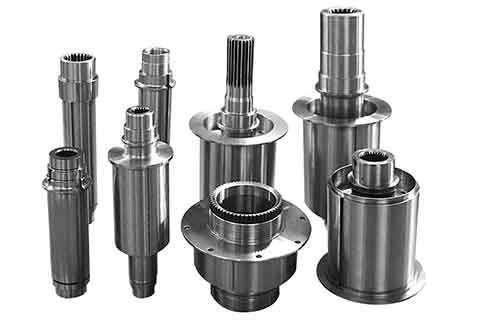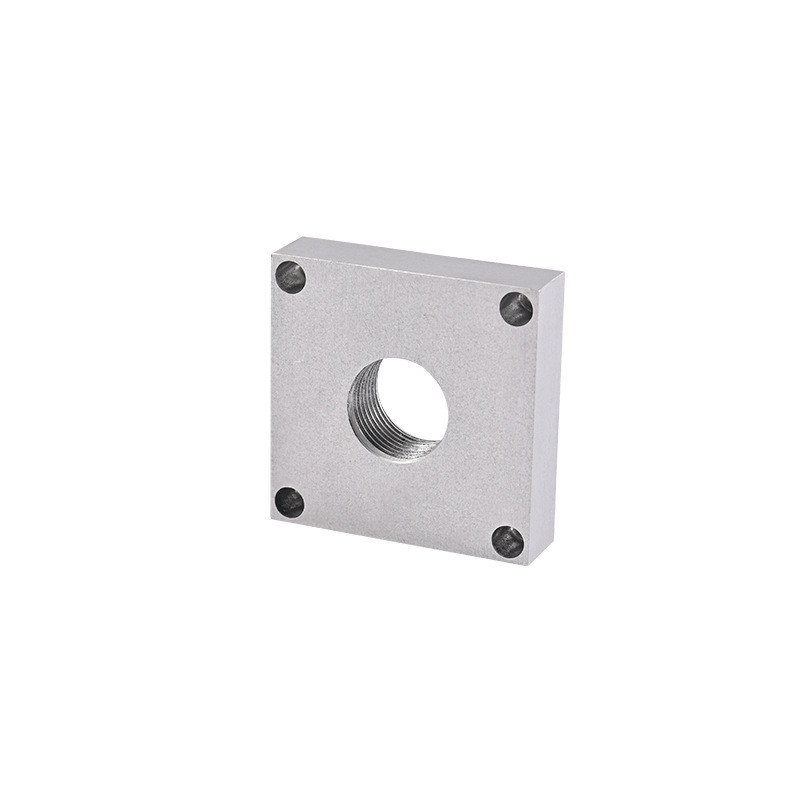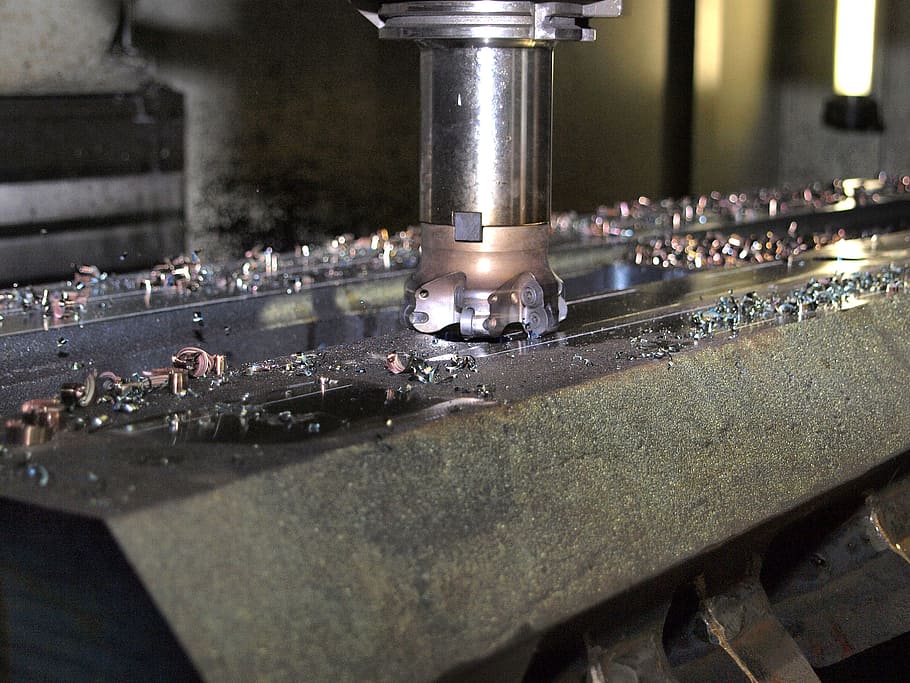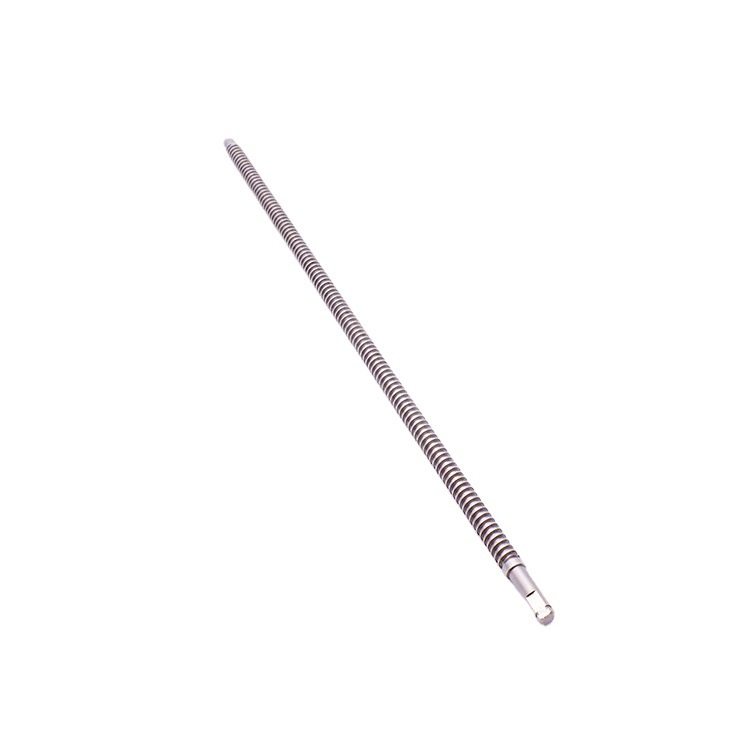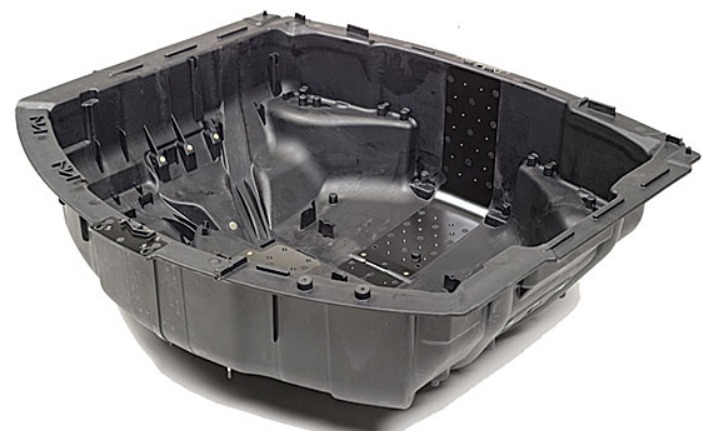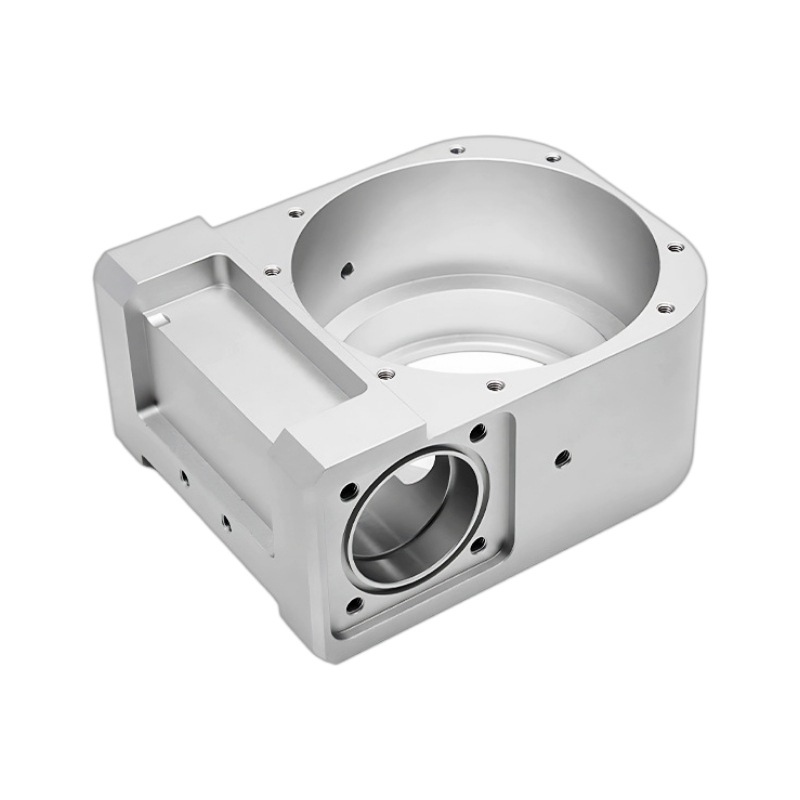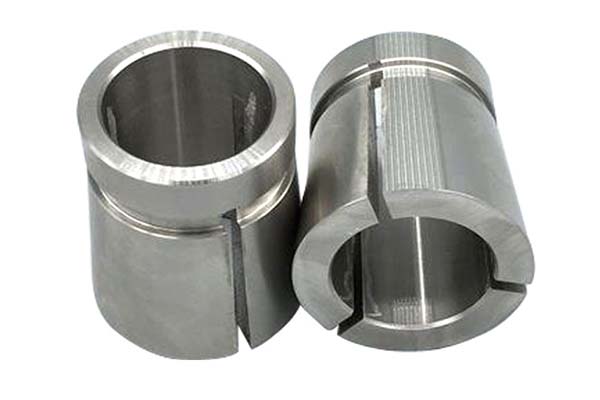Imagine a manufacturer spending weeks manually machining a batch of steel parts, only to find inconsistent dimensions that render half of them useless. Or an aerospace company struggling to meet tight deadlines because their old equipment can’t keep up with complex part designs. These are the challenges that CNC metalworking was built to solve. By combining computer control with advanced machinery, CNC metalworking has transformed how metal parts are made—delivering unparalleled precision, speed, and consistency. In this guide, we’ll explore how CNC metalworking works, why it’s essential for today’s manufacturing landscape, and how to leverage it to overcome your most pressing production hurdles.
CNC Metalworking Overview: Beyond Manual Machining
At its core, CNC metalworking uses computer numerical control to automate metal cutting, shaping, and forming processes. Unlike manual machining, which relies on human skill to operate tools, CNC systems follow pre-programmed instructions to execute precise movements—eliminating the variability that comes with human error.
- Precision machining is a hallmark of CNC metalworking, with tolerances as tight as ±0.0005 mm achievable. This level of accuracy is critical for applications like aerospace components, where even a tiny deviation can compromise safety.
- Automation reduces the need for constant operator oversight, allowing machines to run 24/7 with minimal intervention. A study by the Association for Manufacturing Technology found that CNC-equipped shops increased production output by 45% compared to manual operations.
- Versatility is another key advantage. CNC machines can produce simple parts like bolts and complex components like turbine blades with equal ease, making them indispensable in industries ranging from automotive to medical.
The impact on costs is significant: Manufacturers report a 30% reduction in scrap rates and a 25% decrease in labor costs after adopting CNC metalworking.
CNC Metalworking Machines: The Backbone of Production
The right CNC metalworking machines are essential for achieving optimal results. Here are the most common types and their strengths:
- CNC milling machines: These machines use rotating cutting tools to remove material from a stationary workpiece. 3-axis mills handle basic shapes, while 5-axis machining centers rotate the workpiece along multiple axes, enabling complex geometries like curved surfaces and undercuts. A 5-axis machine can produce a aerospace bracket in one setup that would require three setups on a 3-axis machine.
- CNC lathes and turning centers: Ideal for cylindrical parts, lathes spin the workpiece while a cutting tool shapes it. Live tooling lathes add milling capabilities, allowing for features like slots and holes to be added without repositioning the part.
- EDM (Electrical Discharge Machining): EDM uses electrical sparks to erode metal, making it suitable for hard materials like tungsten and for intricate shapes that are difficult to machine with traditional tools. Wire EDM can cut parts with tolerances as tight as ±0.0002 mm.
- Laser cutting machines and water jet cutting machines: These non-contact tools cut metal using high-powered lasers or pressurized water mixed with abrasives. They’re ideal for thin materials (up to 25 mm for lasers, 100 mm for water jets) and for producing complex patterns with minimal heat distortion.
CNC Metalworking Processes: From Design to Finish
CNC metalworking encompasses a range of machining processes that transform raw metal into finished parts:
- Milling: Uses end mills to create flat surfaces, slots, and pockets. Climb milling (feeding the tool in the same direction as the spindle rotation) produces a smoother surface finish than conventional milling, with Ra values as low as 0.8 μm in steel.
- Turning: Shapes cylindrical parts like shafts and bushings. CNC turning can achieve surface finishes of Ra 1.6 μm, reducing the need for post-machining polishing.
- Drilling and tapping: Creates holes and threads with precision. CNC drills with pecking cycles (retracting periodically to clear chips) prevent chip buildup in deep holes, reducing tool breakage by 50%.
- Grinding: Refines surface finish and tightens tolerances. CNC grinders can achieve Ra 0.02 μm, essential for bearing races and other high-precision components.
- CNC programming using G-code and M-code translates design files into machine instructions. CAM (Computer-Aided Manufacturing) software simplifies programming, allowing engineers to simulate the machining process and identify potential collisions before production.
Materials for CNC Metalworking: Matching Machines to Metals
CNC metalworking excels with a wide range of materials, each requiring specific approaches:
| Material | Machining Considerations | Ideal Processes | Common Applications |
| Aluminum | Fast feed rates; prone to chip adhesion | Milling, turning, laser cutting | Aircraft parts, consumer electronics |
| Steel | High toughness; generates heat | Milling with carbide tools, grinding | Automotive components, structural parts |
| Stainless steel | Work hardening; abrasive | Slow feeds, coolant-rich environments | Medical devices, kitchen equipment |
| Titanium | Low thermal conductivity | Slow speeds, high coolant pressure | Aerospace parts, medical implants |
| Exotic metals (e.g., Inconel) | High strength at high temps | EDM, grinding with diamond tools | Jet engine parts, oil rig components |
Material selection depends on the application: Aluminum’s lightweight properties make it ideal for aerospace, while stainless steel’s corrosion resistance suits medical devices.
Tooling and Cutting Tools: The Right Tools for the Job
Tooling and cutting tools are critical to CNC metalworking success. The right tools improve precision, extend tool life, and reduce costs:
- End mills, drills, and reamers are the workhorses of CNC milling and drilling. Carbide tools outperform high-speed steel (HSS) in most applications, lasting 5–10 times longer. For example, a carbide end mill can machine 1,000 stainless steel parts before needing replacement, compared to 100 parts for an HSS end mill.
- Inserts are replaceable cutting tips that mount to tool holders, making them cost-effective for high-volume production. Coated inserts (using PVD or CVD) reduce friction and heat, extending tool life by 30–50%.
- Tool holders and collets ensure tools are held securely, minimizing runout (vibration). A tool holder with runout less than 0.001 mm improves surface finish and tool life.
- Tool selection depends on material and process: A 4-flute carbide end mill works best for stainless steel milling, while a 2-flute HSS end mill is more cost-effective for aluminum.
Quality and Precision: Ensuring Consistency
Quality and precision are built into every step of CNC metalworking:
- Tolerances as tight as ±0.0005 mm are achievable, thanks to the machine’s ability to repeat movements with extreme accuracy. A medical device manufacturer using CNC metalworking reports that 99.9% of parts meet their dimensional requirements.
- Surface finish is controlled through tool selection and cutting parameters. For example, reducing feed rate by 20% in turning can lower Ra values from 3.2 μm to 1.6 μm.
- Inspection using metrology tools like CMMs (Coordinate Measuring Machines) and optical comparators verifies part accuracy. In-process inspection catches errors early, reducing scrap rates by 40% in one automotive application.
- ISO standards (like ISO 9001 and AS9100) provide a framework for quality management, ensuring processes are consistent and traceable.
Applications of CNC Metalworking: Across Industries
CNC metalworking is the backbone of countless industries:
- Aerospace: Produces turbine blades, structural brackets, and fuel system components with tight tolerances and high strength.
- Automotive: Manufactures engine parts, transmission components, and chassis parts in high volumes, with consistent quality.
- Medical: Creates surgical instruments, implants, and diagnostic equipment from biocompatible materials like titanium and stainless steel.
- Energy: Machines valve bodies, drill bits, and turbine components for oil, gas, and renewable energy applications.
A leading automotive supplier reports that switching to CNC metalworking reduced production time for a transmission part from 15 minutes to 5 minutes, while improving part consistency.
Design and Engineering: From Concept to Production
Design and engineering play a crucial role in maximizing the benefits of CNC metalworking:
- CAD (Computer-Aided Design) software creates 3D models of parts, which are then converted to machine instructions using CAM software. This digital workflow reduces errors and speeds up design iterations.
- Design for Manufacturing (DFM) optimizes part designs for CNC machining. For example, adding a small radius to a corner reduces tool wear and improves surface finish, saving 15% in production costs.
- Prototyping using CNC machines allows for quick testing of designs before full production. A product development team reduced time to market by 30% by using CNC prototyping to identify design flaws early.
- CNC programming expertise ensures that machine instructions are optimized for speed and precision. Experienced programmers can reduce cycle times by 20% by fine-tuning tool paths and cutting parameters.
Yigu Technology’s Perspective: CNC Metalworking Excellence
At Yigu Technology, we leverage the power of CNC metalworking to deliver precision parts for diverse industries. Our fleet of advanced machines—including 5-axis machining centers, EDM systems, and laser cutters—handles everything from simple aluminum brackets to complex titanium aerospace components. Our team of engineers and programmers works closely with clients to optimize designs for manufacturability, ensuring efficient production without compromising quality. With a focus on ISO standards and rigorous inspection, we deliver parts that meet the tightest tolerances and strictest industry requirements, on time and within budget.
FAQs
- What’s the difference between 3-axis and 5-axis CNC metalworking?
3-axis machines move along X, Y, and Z axes, handling basic shapes. 5-axis machines add rotation around two axes, enabling complex geometries and reducing the need for multiple setups—saving time and improving accuracy.
- How long does it take to program a CNC machine for a custom part?
Simple parts can be programmed in 1–2 hours using CAM software, while complex parts with intricate geometries may take 8–10 hours. Prototyping often requires additional programming adjustments.
- Can CNC metalworking handle both small and large production runs?
Yes. CNC machines excel at both small batches (1–100 parts) and large-scale production (10,000+ parts). Automated loading systems and dedicated production cells ensure consistency in large runs, while flexible programming accommodates small-batch needs.
